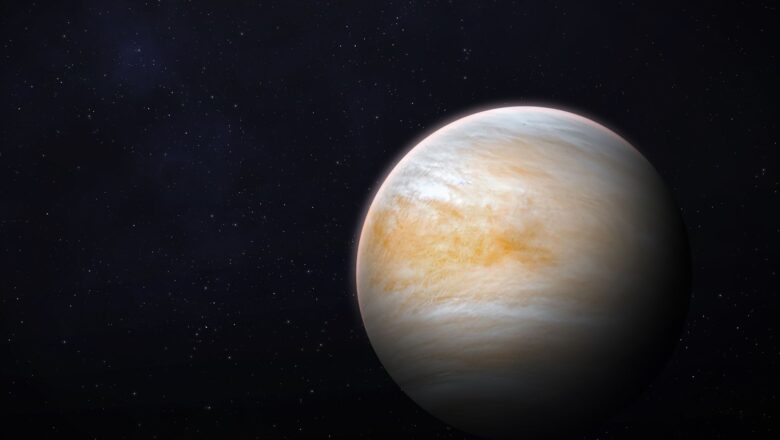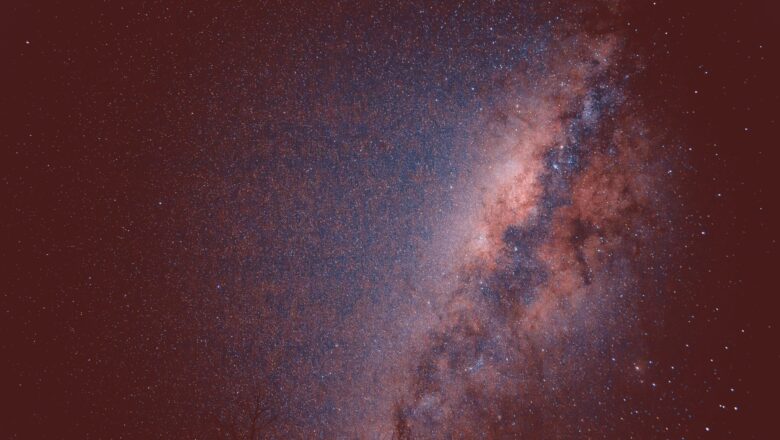
Venus Never Had Oceans Study Confirms Ending Decades of Speculation
Venus often referred to as Earth’s twin due to its similar size and rocky composition has been at the center of one of astronomy’s most enduring mysteries: Did it ever host oceans? A new study has finally provided an answer, and it’s not what some scientists had hoped.
According to research published in the journal Nature Astronomy, Venus has likely been a dry, desolate world throughout its history. By analyzing the chemical composition of Venus’s atmosphere, scientists concluded that the planet’s interior has a remarkably low water content. This finding contradicts earlier hypotheses suggesting Venus might once have harbored oceans or even supported conditions favorable for life.
The key lies in volcanic activity. On Earth, volcanic eruptions release large amounts of water vapor, wh...




